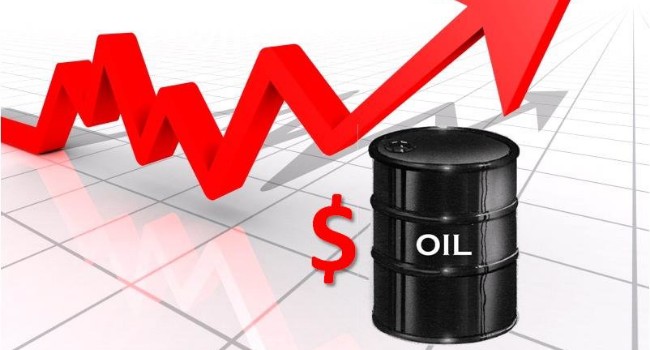Oil prices rose in the global commodity market on Thursday, driven by renewed optimism about demand, even as concerns persisted over a potential supply boost from OPEC+ member countries.
A decline in U.S. crude stocks, which indicated stable consumption in the greatest oil-consuming nation in the world, helped to sustain the upward momentum. The Energy Information Administration (EIA) of the United States said that last week, crude stockpiles decreased by around 2 million barrels to 438.4 million barrels. The drop demonstrated strong demand even though it fell just short of analysts’ projections of a 2.5 million barrel draw.
Adding to the positive sentiment, progress in U.S.-China trade relations helped ease market jitters. Reports indicate that U.S. Treasury Secretary Scott Bessent and Trade Representative Jamieson Greer are set to meet Chinese officials in Switzerland this week, marking the first formal talks since the imposition of sweeping tariffs by President Donald Trump. China confirmed that the meeting was initiated by the U.S. and reiterated its willingness to engage in constructive dialogue.
Further fueling optimism, President Trump announced on Wednesday that the U.S. would sign a trade agreement with “a large and respected” country on Thursday. While no official details were released, American media speculated that the United Kingdom may be the prospective partner. The news has helped ease fears of a deepening global trade war and improved the outlook for global oil demand.
Meanwhile, as widely anticipated, the Federal Open Market Committee (FOMC) held its benchmark interest rate steady at 4.25% to 4.50%, maintaining the range it has kept since December. Analysts suggest that lower rates, a weaker dollar, and stronger economic activity could support further increases in oil prices.
Jerome Powell, the chair of the Federal Reserve, issued a warning, though, that more tariff increases may worsen inflation, impede economic development, and increase unemployment. He underlined that any rate reductions in the future would be contingent on the changes in these economic factors, especially with regard to inflation and labor market conditions.

